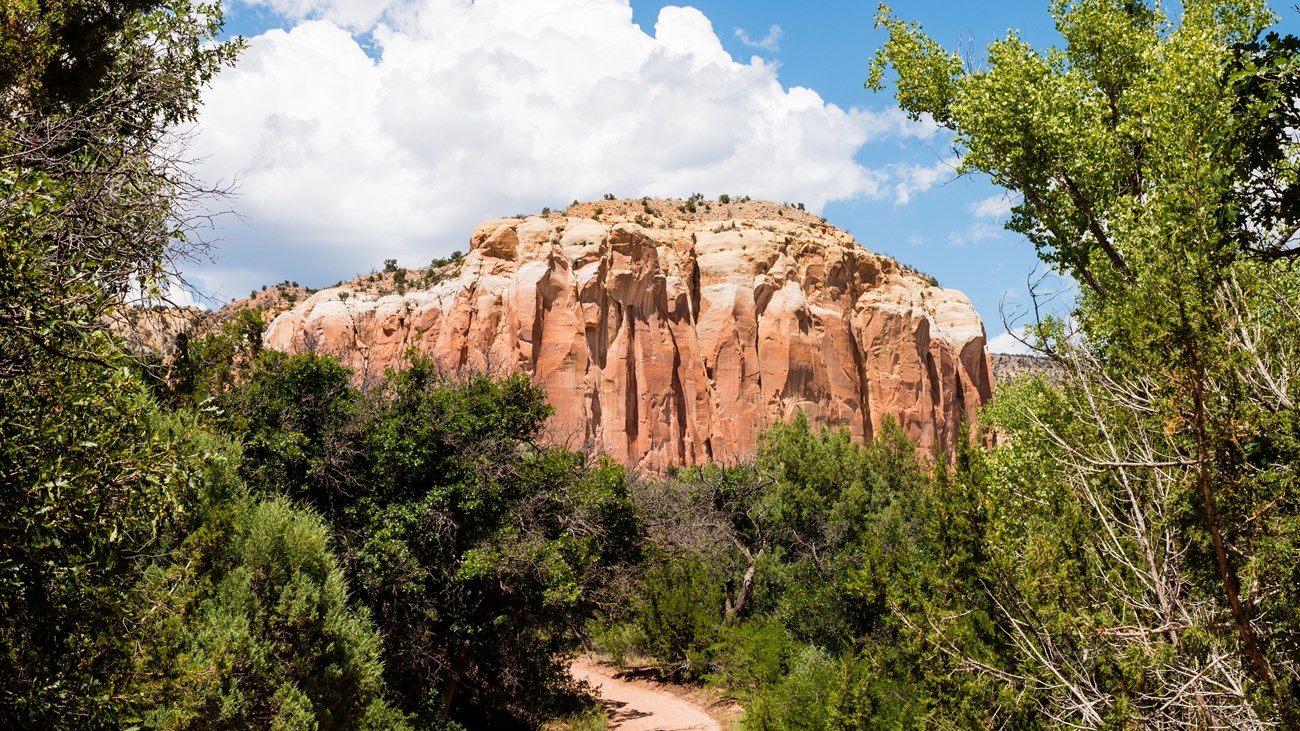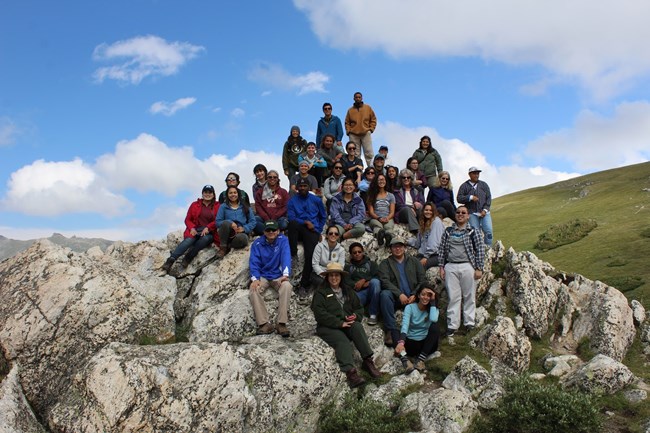Last updated: February 24, 2025
Article
Partners in Conservation

NPS photo/M. Reed
Successful Conservation = Teamwork. Everyday researchers, scientists, volunteers, and non-profit groups help us in our work, protecting parks with the best available science. The National Park Service mission is broad, and we rely on partners to help us preserve and protect our nation’s unique treasures. This is teamwork!
We depend on partnerships for nearly every aspect of the work we do. Many universities help us complete inventory and monitoring research. The University of California, Davis, makes air quality data collection possible. Amateur astronomers provide telescopes and expertise for night sky programs in parks. The USGS helped our social scientists assess visitor data, informing us that visitors to national parks contributed $34.9 billion to the American economy in 2016. Heyo!
Those examples are just the tip of the iceberg.
Established in 1962, this NPS program identifies natural areas with unmatched biological or geological features. Designated by the Secretary of the Interior, these 599 special areas are on public, tribal, or private lands, and they represent partnerships at their finest. The National Natural Landmarks (NNL) Program partners with voluntary landowners to protect incredible places, like the Okefenokee Swamp in Georgia and the Rancho La Brea tar pits in California. The NNL Program coordinates with partners at every site. Find an NNL near you.

NPS photo
The NPS has many internship programs, and several focus on natural resources, like soils, wildlife, and ecology. Internships bring students from diverse backgrounds into the NPS, and our partners, such as Greening Up Youth, the University of Washington, and NOAA are instrumental to the success of these programs. These three opportunities are accepting applications starting in December 2017:
- Geoscientists in the Parks (GIP) – This program works with partners to match college students and recent graduates age 18-35 years old with short-term, paid, internships with the National Park Service. Participants may assist with research, synthesis of scientific literature, geologic mapping, GIS analysis, site evaluations, resource inventorying and monitoring, impact mitigation, developing brochures and informative media presentations, and educating park staff and park visitors.
- Future Park Leaders – This program provides paid summer internships to highly accomplished undergraduate and graduate students and recent graduates to work on diverse issues related to emerging management issues driven by global drivers of change and related effects in national parks. Learn more and apply for an internship.
